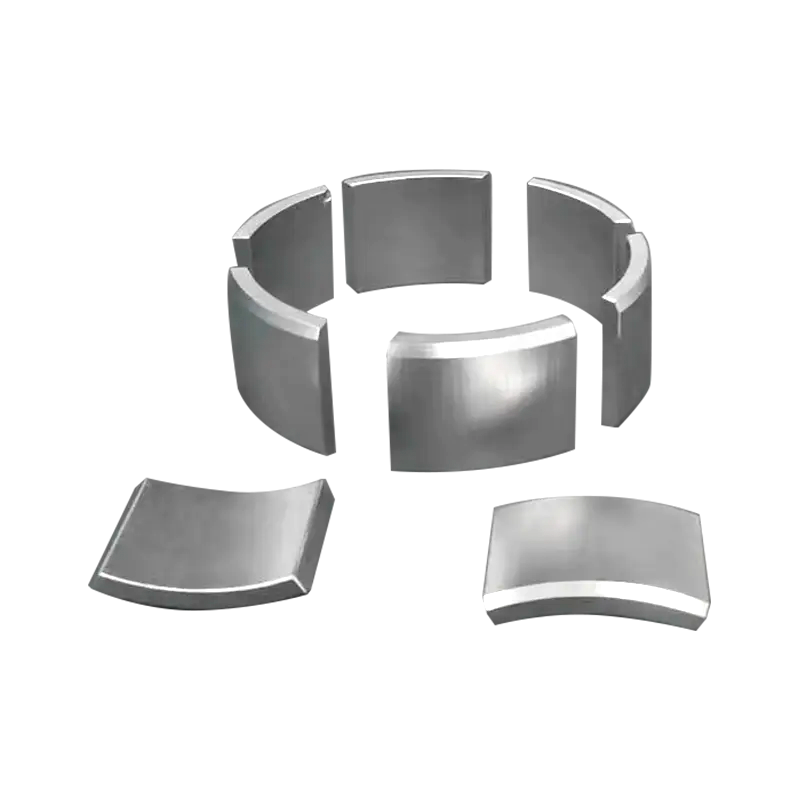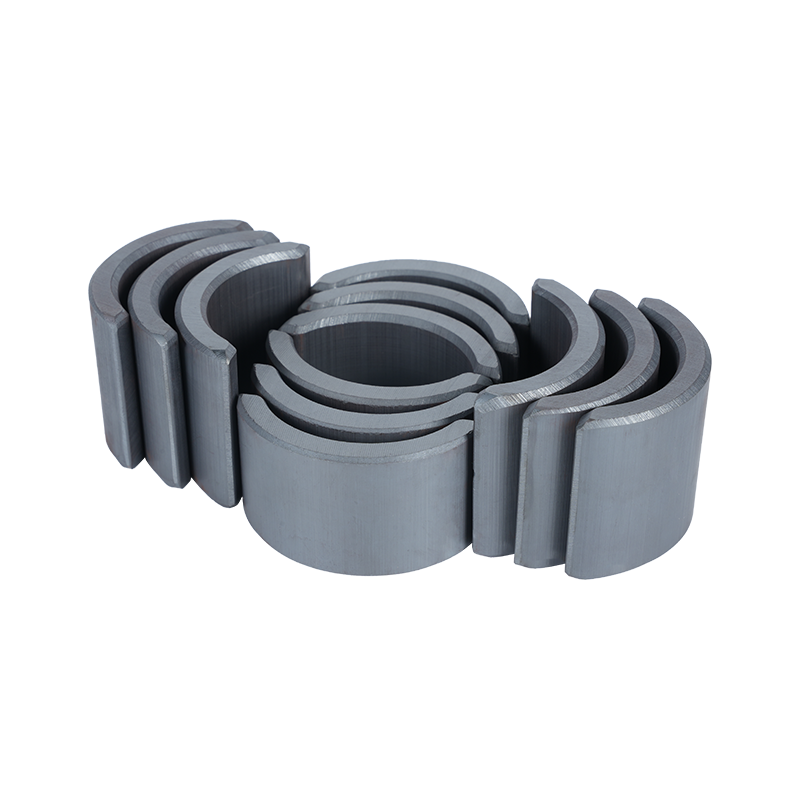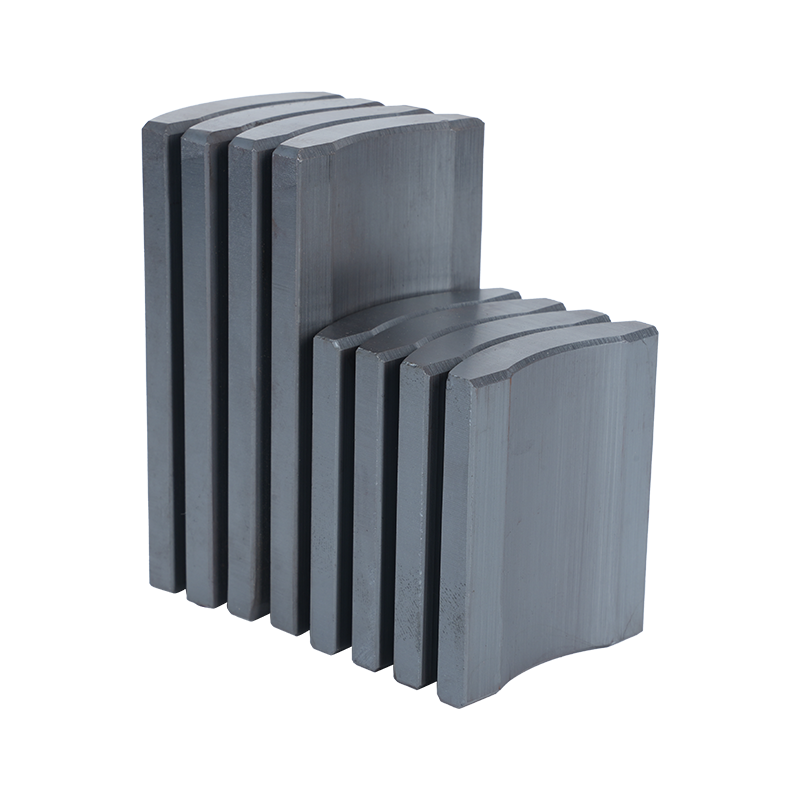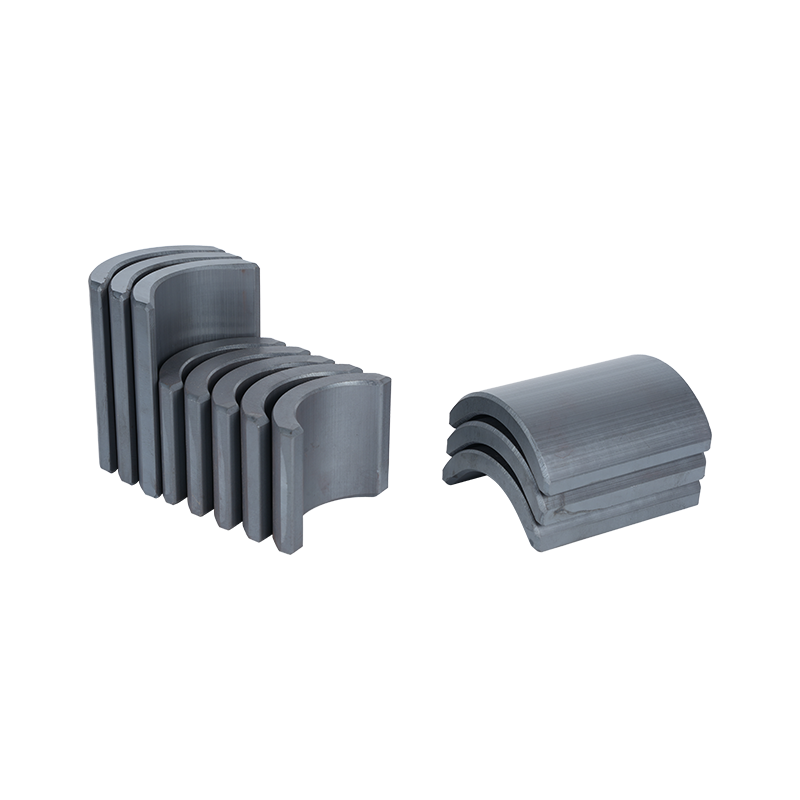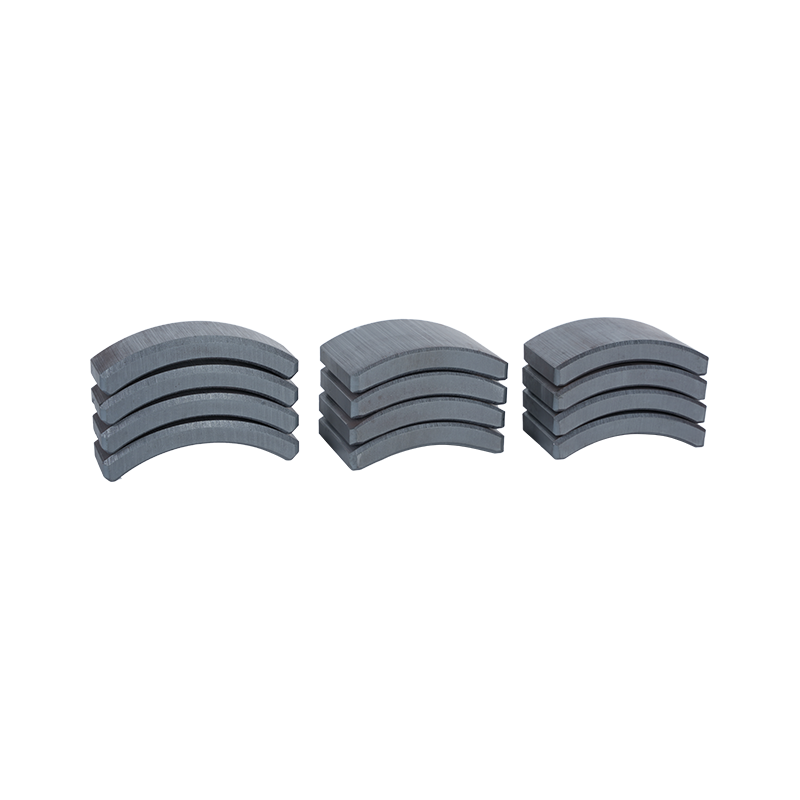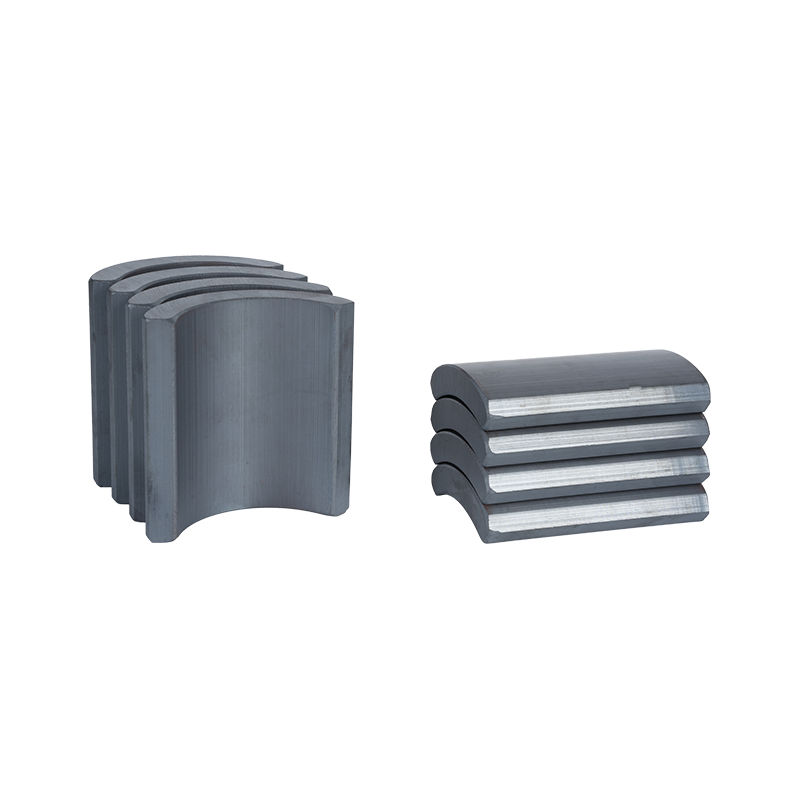Dong Yang TianQi Magnetic Segment Co.,Ltd.(formerly Shuangyang Magnet Tile) is a professional enterprise specializing in the production of motor magnet tiles
Search by posts
Categories
Popular products
Contact Us
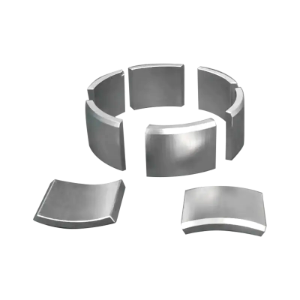
Industry News
 By Admin
By Admin
Neodymium Curved Magnets in Motors: The Key to Enhanced Efficiency
In the motor manufacturing industry, achieving high efficiency and reducing energy consumption are top priorities. Neodymium Curved Magnets have become essential components in this quest, offering powerful magnetic properties that enhance motor performance. As technology advances, these magnets provide the precision and strength needed to create energy-efficient, high-performing motors for various applications, from industrial machinery to electric vehicles.
How Neodymium Curved Magnets Improve Motor Efficiency
Neodymium magnets are known for their exceptional magnetic strength, but Neodymium Curved Magnets offer additional benefits specifically tailored for electric motors:
Enhanced Magnetic Field Alignment
Unlike traditional magnets, Neodymium Curved Magnets are shaped to follow the curvature of the motor's rotor. This shape provides more precise alignment with the magnetic field, causing to a stronger interaction with the rotor. As a result, the motor experiences less energy loss, translating to higher efficiency and improved output.
Reduced Energy Consumption
By minimizing energy waste, Neodymium Curved Magnets help reduce the overall power required to operate a motor. The enhanced alignment and magnetic strength mean the motor can generate the same amount of torque with less input energy, making these magnets ideal for energy-efficient designs.
Improved Torque and Speed Control
The curved shape of these magnets contributes to more uniform torque and better speed control. This is particularly useful in applications requiring precision, such as robotics and electric vehicles, where accurate motor performance is crucial.
The Role of Neodymium Curved Magnets in Motor Durability
One of the significant advantages of using Neodymium Curved Magnets is the potential to extend the lifespan of a motor:
Reduced Heat Generation
Motors operating with Neodymium Curved Magnets generate less heat, as the improved magnetic efficiency means there is less internal resistance. Lower heat levels reduce the risk of motor wear, helping components last longer and require less maintenance.
Enhanced Structural Integrity
Since Neodymium Curved Magnets provide a smoother torque curve, they place less strain on the motor's components. This reduction in mechanical stress enhances the motor's durability, particularly in applications where continuous or heavy-duty operation is required.
Lower Maintenance Costs
With improved durability, motors using Neodymium Curved Magnets require less frequent servicing. Reduced wear on the motor's components translates to lower maintenance costs, a valuable benefit for industries where motor upkeep is a significant expense.
Applications of Neodymium Curved Magnets in the Motor Industry
The versatility of Neodymium Curved Magnets makes them suitable for various motor applications:
Electric Vehicles (EVs)
In the EV industry, efficiency is paramount. Neodymium Curved Magnets allow for lighter, more efficient motors, extending the range of electric vehicles. By enabling efficient energy use, these magnets also contribute to faster acceleration and more responsive handling in EVs.
Industrial Automation
In automated machinery, Neodymium Curved Magnets provide consistent, high-powered performance, allowing for precise movements and efficient operation. These qualities are crucial for industrial processes that rely on continuous motor operation.
Robotics
Robotics applications demand precise motor control, which Neodymium Curved Magnets can provide. With improved speed and torque control, motors using these magnets enable robots to perform complex tasks accurately, enhancing overall system reliability.
Environmental and Economic Benefits of Neodymium Curved Magnets in Motors
Beyond motor efficiency and durability, Neodymium Curved Magnets offer significant environmental and economic advantages:
Energy Savings and Reduced Carbon Footprint
Motors with Neodymium Curved Magnets consume less energy, which contributes to a reduced carbon footprint. By using these magnets, industries can align with sustainability goals, lowering their environmental impact while meeting regulatory standards.
Cost-Effectiveness
Although Neodymium Curved Magnets may initially be more expensive than standard magnets, their efficiency benefits often cause to long-term savings. The reduction in energy costs, combined with lower maintenance requirements, provides a favorable return on investment over time.
Supporting Green Initiatives in Manufacturing
As industries move toward greener manufacturing practices, the adoption of Neodymium Curved Magnets helps companies meet energy efficiency goals. These magnets support initiatives aimed at reducing waste, conserving energy, and developing environmentally-friendly technologies.
Why Neodymium Curved Magnets are Ideal for Future Motor Technologies
The demand for high-efficiency, low-energy motors is growing across industries, and Neodymium Curved Magnets are positioned to play a crucial role in future innovations:
Adapting to Emerging Electric Motor Trends
As the use of electric motors expands, especially in renewable energy applications, Neodymium Curved Magnets will remain essential for developing compact, powerful, and efficient motors. Their unique properties make them well-suited for emerging trends, including high-torque applications and low-energy consumption designs.
Scalability Across Applications
Neodymium Curved Magnets are adaptable for motors of various sizes, from small-scale robotics to large industrial machines. This scalability makes them a valuable component for the motor industry, which requires flexibility to meet diverse application needs.
Innovative Motor Designs
The growing demand for lightweight, energy-efficient motors has driven innovations in motor design. Neodymium Curved Magnets enable creative solutions, allowing engineers to develop compact, efficient motors that deliver high performance with minimal energy use.



